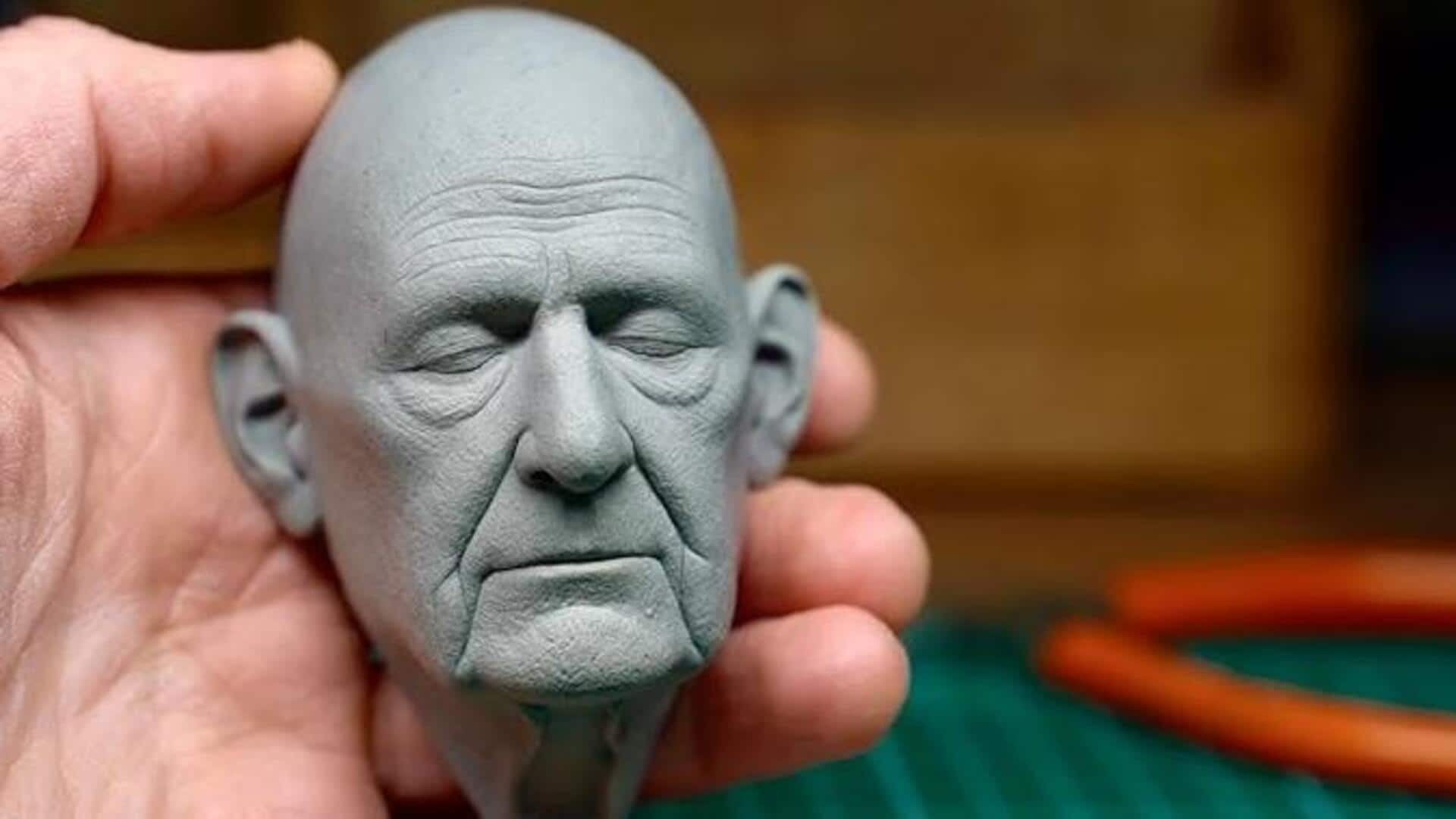
A beginner's guide to polymer clay sculpting
What's the story
Polymer clay sculpting is an accessible and creative art form, where beginners can craft intricate designs with ease. Made from a type of plastic, polymer clay becomes pliable when warmed and hardens when baked. It offers endless possibilities for creating jewelry, figurines, decorative items. With basic tools and techniques, anyone can start exploring the world of polymer clay sculpting without extensive artistic experience or expensive materials.
Basic tools
Essential tools for beginners
To start sculpting with polymer clay, you'll need a few essential tools. A smooth work surface is important to avoid sticking. Basic tools include a rolling pin or acrylic roller to flatten the clay, cutting blades or knives to shape it, and other modeling tools such as ball styluses or needle tools for detailing. A set of these basic tools can cost you around $10-20.
Clay selection
Choosing the right clay
Picking the right type of polymer clay is essential for beginners. Different brands differ in terms of softness and durability after baking. Softer clays are easier to work with but might not hold fine details as well as firmer ones. It is advisable to start with a mid-range brand that offers the best of both worlds - easy to work with and durable after baking.
Beginner techniques
Techniques to master early on
Mastering basic techniques can take your sculpting skills to the next level. Conditioning the clay by kneading it until soft ensures you have an even texture and prevents cracking when baked. Learning how to blend colors by mixing different clays can open up a world of creativity. Plus, practicing simple shapes like spheres or cylinders will help you build foundational skills for more complex projects.
Baking tips
Baking your creations safely
Baking polymer clay correctly is key to getting durable results without burning your creations. Follow package instructions for temperature settings—usually around 130 degrees Celsius (265 degrees Fahrenheit)—and baking times according to thickness. Generally, fifteen minutes per six mm thickness does the trick as a good guideline, but always refer back specifically according to manufacturer recommendations provided on packaging itself!